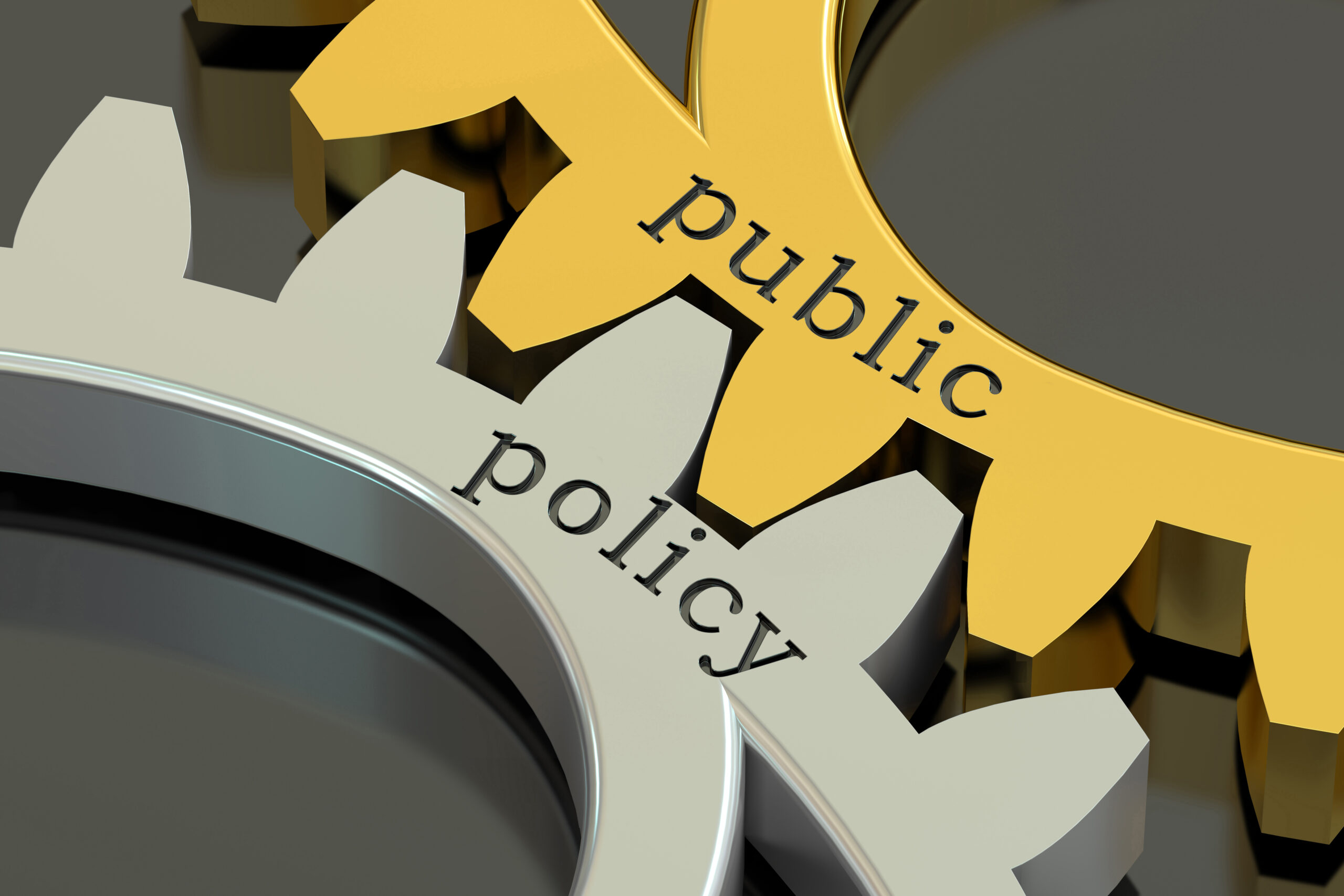Public policy plays a crucial role in shaping the laws, regulations, and practices that govern societies. It is a powerful tool used by governments to address social, economic, and environmental challenges. Effective public policy is one that successfully achieves its intended objectives while considering the needs of the population it serves. For public policy to be effective, several key factors must be taken into account throughout its development, implementation, and evaluation stages. In this article, we will explore the essential factors that contribute to the success of public policy and how they help in crafting policies that are impactful and sustainable.
1. Clear Objectives and Goals
One of the primary factors behind effective public policy is the establishment of clear and well-defined objectives. Without a clear direction, it becomes difficult to measure progress, assess success, and make adjustments. These objectives should be specific, measurable, achievable, relevant, and time-bound (SMART). Having clear goals ensures that all stakeholders, including policymakers, government agencies, and the public, understand what the policy aims to achieve.
A. Setting Achievable and Realistic Goals
The objectives set for public policy must be realistic and attainable. Policymakers should consider the available resources, infrastructure, and time frame when setting goals. Setting unachievable goals can lead to frustration, inefficiency, and failure.
- Example: A government may aim to reduce unemployment by 5% in two years, a clear and realistic target that allows for the implementation of specific programs and tracking progress over time.
B. Consistency with Long-Term Vision
Clear objectives should also align with the country’s long-term vision or broader policy goals. For example, if the policy addresses environmental issues, it should be consistent with a nation’s broader sustainability objectives. This alignment ensures that short-term actions contribute to long-term societal benefits.
- Example: A policy promoting renewable energy adoption should align with national commitments to reduce carbon emissions and combat climate change.
2. Evidence-Based Decision Making
Effective public policy must be grounded in reliable data and evidence. Policymakers need to rely on rigorous research, data collection, and analysis to understand the issues they are trying to address and to develop solutions that are most likely to succeed. Evidence-based decision-making helps ensure that public policies are rooted in facts rather than assumptions or political agendas.
A. Use of Research and Data
Data collection and research help policymakers identify the root causes of issues and evaluate the potential outcomes of proposed policies. This evidence can come from a variety of sources, including academic studies, government reports, and surveys.
- Example: Before implementing a new education policy, a government may analyze data on student performance, teacher effectiveness, and resource allocation to develop a policy that addresses specific challenges in the education system.
B. Monitoring and Evaluation
Once a policy is in place, continuous monitoring and evaluation allow policymakers to assess its effectiveness. This feedback loop enables them to adjust or refine the policy as needed based on real-world outcomes.
- Example: A government health policy aiming to reduce smoking rates might be evaluated through periodic surveys to determine if the policy’s measures, such as increased taxes on tobacco products, are leading to a decrease in smoking prevalence.
3. Political Will and Leadership
The success of public policy is strongly influenced by the political will and leadership behind it. Political leaders who are committed to addressing social issues and who are willing to make difficult decisions are key to enacting meaningful and lasting changes. Strong leadership ensures that public policies are prioritized and adequately supported throughout their implementation.
A. Political Support and Commitment
Policymakers need to be dedicated to the goals of the policy and be willing to push through legislative or administrative obstacles. Without political will, even the best-designed policies can fail due to lack of support or insufficient resources.
- Example: The introduction of health insurance reforms often requires strong political backing, especially when facing resistance from influential sectors such as private insurers or pharmaceutical companies.
B. Cross-Party Support
For long-term success, public policies should ideally receive bipartisan or cross-party support. When a policy is backed by a wide spectrum of political parties, it is more likely to be sustainable and resilient to changes in government.
- Example: Welfare policies that provide support for marginalized communities may gain broader support if they are seen as fair and beneficial to all segments of society, rather than being viewed as partisan initiatives.
4. Stakeholder Involvement and Public Participation
Engaging stakeholders and involving the public in the policymaking process is essential to the success of public policies. Stakeholders, including citizens, advocacy groups, industry representatives, and experts, can offer valuable insights and help create policies that are more inclusive and effective. Public participation also helps ensure that the policy reflects the needs and concerns of those it is meant to serve.
A. Consultation with Affected Groups
Consulting with people who will be directly affected by a policy ensures that the policy addresses their real needs and challenges. Engaging with affected communities early in the process can also help gain public trust and support.
- Example: A policy aimed at improving public transportation should involve discussions with local residents, transport workers, and environmental advocates to understand how best to meet their needs and address concerns like accessibility and environmental impact.
B. Transparency and Accountability
Transparency in decision-making and implementation processes allows the public to stay informed about the goals, progress, and challenges of a policy. When the government is accountable for its actions, it fosters trust and ensures that the policy is being executed in a fair and effective manner.
- Example: A government rolling out a new housing policy should provide clear information on eligibility requirements, funding distribution, and timelines to prevent confusion or resentment among affected populations.
5. Adequate Resources and Funding
One of the most significant factors that determine the effectiveness of a public policy is the availability of adequate resources and funding. Policies require financial, human, and technical resources to be implemented successfully. Without sufficient funding, even the most well-crafted policies can fail to achieve their intended outcomes.
A. Sufficient Budget Allocation
Governments must allocate adequate budgets to ensure the proper execution of policies. If a policy lacks sufficient funding or the budget is mismanaged, it will be challenging to deliver the desired results. Proper allocation of resources ensures that the policy’s goals are achievable.
- Example: A policy to improve education quality through teacher training programs must have a budget that covers the costs of training, materials, and ongoing professional development to be effective.
B. Effective Resource Management
Managing resources efficiently is also critical. Policymakers must ensure that resources are used effectively and that waste is minimized. This requires careful planning and oversight, as well as transparent systems for allocating funds.
- Example: In the case of a social welfare program, proper management of funds ensures that assistance reaches those who need it most without being diverted to inefficiencies or fraud.
6. Adaptability and Flexibility
The world is constantly changing, and so too are the challenges that public policies aim to address. Effective public policies need to be adaptable and flexible enough to respond to changing circumstances. This includes adjusting policies in response to new information, emerging issues, or shifts in public opinion. Policymakers must be open to revising policies when necessary to improve their outcomes.
A. Adjusting to New Information
As new data, research, or insights emerge, policymakers should be willing to adjust their approaches. This adaptability is crucial in addressing complex and evolving issues such as climate change, economic inequality, or public health.
- Example: During the COVID-19 pandemic, many governments had to rapidly adapt their public health policies based on new scientific data about the virus’s spread and impact.
B. Long-Term Evaluation and Iterative Improvement
Successful policies often go through several phases of evaluation and adjustment. By regularly reviewing policies and assessing their impact, governments can make incremental improvements that enhance their effectiveness over time.
- Example: Urban planning policies, such as those aimed at reducing traffic congestion, may need adjustments based on ongoing traffic data, population growth, and technological advances.
7. Political and Social Stability
Lastly, political and social stability is an underlying factor that supports effective public policy. In countries where there is political unrest, frequent changes in leadership, or social instability, it becomes difficult to implement long-term policies successfully. Stability ensures that policymakers can plan for the future with confidence and that the public can rely on consistent policy enforcement.
A. Rule of Law and Governance
A stable political environment where the rule of law is respected is crucial for effective policy implementation. In countries with strong legal systems and transparent governance, policies are more likely to be executed fairly and effectively.
- Example: In democracies where the rule of law is upheld, policies related to human rights, property rights, and freedom of expression are more likely to be respected and enforced.
Conclusion
Effective public policy is the product of careful planning, evidence-based decision-making, political commitment, public involvement, resource allocation, and the ability to adapt to changing circumstances. For a policy to be successful, it must be clear in its goals, based on reliable data, supported by strong leadership, and inclusive of all stakeholders. Additionally, ensuring adequate resources and maintaining flexibility in the face of unforeseen challenges are essential for long-term success. Governments that understand and integrate these key factors are better equipped to craft policies that positively impact their societies, addressing pressing issues while fostering sustainable growth and development.

